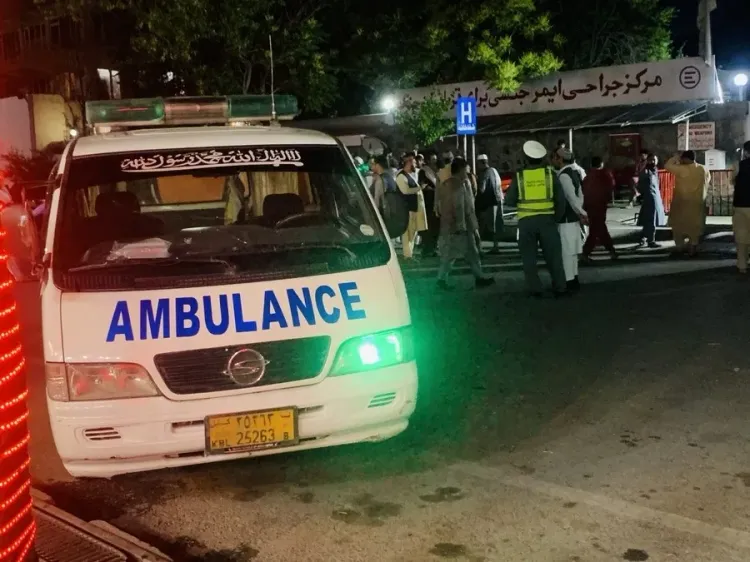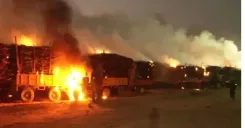How did unexploded ordnance lead to the tragic death of three children in Afghanistan?

Synopsis
Key Takeaways
- Three children tragically killed by an unexploded device in Afghanistan.
- This incident highlights the ongoing dangers of unexploded ordnance in conflict areas.
- In 2024, 137 deaths and over 330 injuries reported from such blasts.
- Afghanistan remains heavily contaminated with landmines and unexploded explosives.
- Urgent action is needed to address these hazards.
Kabul, Nov 14 (NationPress) Tragically, three children have lost their lives due to an explosion caused by an unexploded device from previous conflicts in the Badghis province of western Afghanistan, as confirmed by provincial police spokesperson Sediqullah Sediqi on Friday.
The unfortunate children stumbled upon a device that resembled a toy and began to play with it. The device detonated unexpectedly, resulting in their immediate deaths, the official reported.
This marks the second such tragedy in just a week within the same province, as a similar incident claimed the lives of two children only days prior, according to Xinhua news agency.
In 2024 alone, local media reported that 137 individuals have died and over 330 have been injured due to blasts from unexploded ordnances, remnants of earlier wars across Afghanistan.
The deceased included 125 children, 10 men, and 2 women, while the injured comprised 264 children, 53 men, and 16 women.
Earlier in June, a child was killed and four others sustained injuries from an unexploded ordnance explosion in the Paktia province of eastern Afghanistan.
This incident occurred in the Hussainkhail area of Dand Patan district, where a 12-year-old child died instantly, and four others were injured.
A month prior, two children also lost their lives when an explosive left from past conflicts detonated in the Qadis district of Badghis province.
Afghanistan continues to be one of the most heavily contaminated countries by landmines, with decades of warfare leaving a perilous legacy of unexploded ordnance and landmines, which continue to pose significant threats to civilians, particularly children.
As reported by authorities from the National Disaster Management Authority in April, around 1,150 square kilometers of Afghan territory remain contaminated with landmines and unexploded explosive devices.









